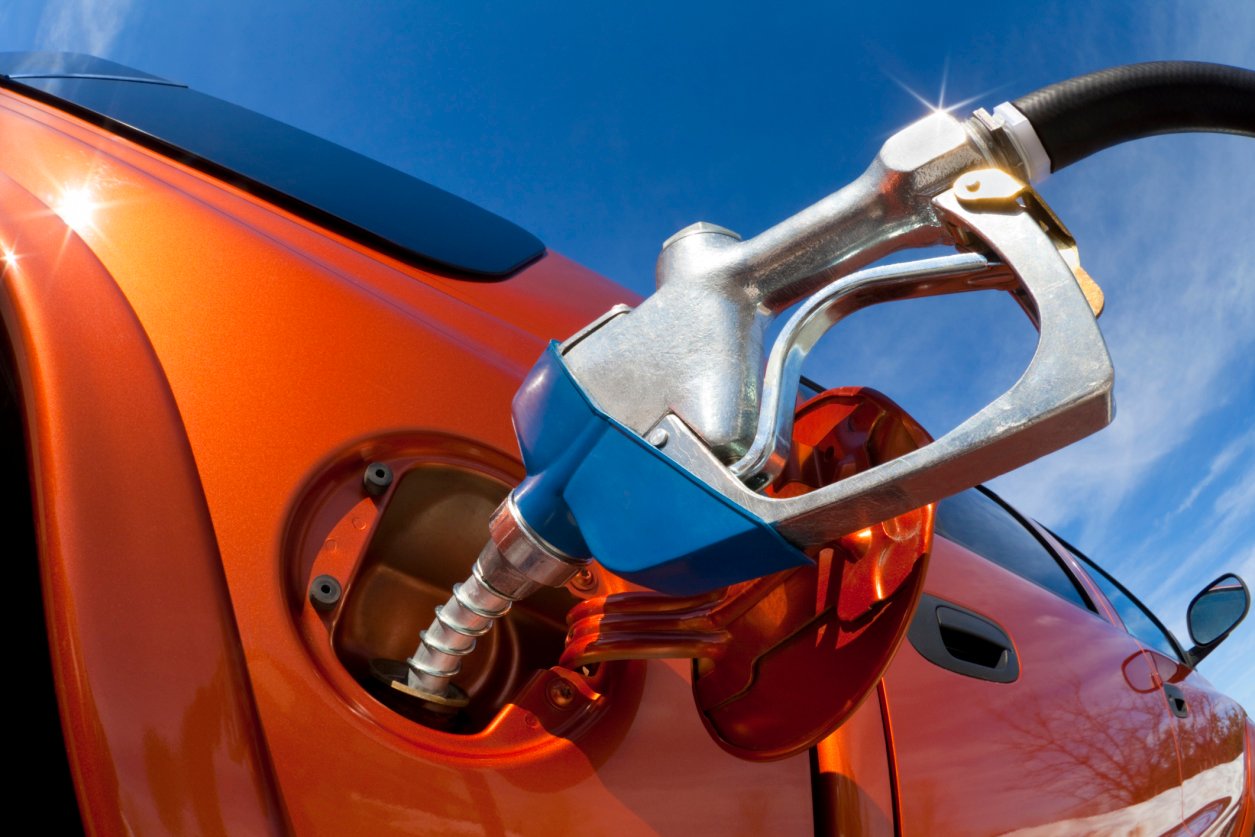Have you changed your tyres and noticed the difference in fuel consumption? That's very possible because the right tyres for your car are one of the factors that can have an impact on your fuel savings or higher spending.
In times when fuel prices are high and we hear about the dangers of polluted air from all over the world, it is worth looking for more optimal solutions that will be more generous to our wallet and environment.
What does increased combustion depend on and how does it relate to tyres?
Tyre fuel efficiency and rolling resistance
If you want to choose tyres that do not contribute to the increase in combustion and therefore have the highest energy efficiency,
This is an optimized ratio between the energy input into the movement and the external factors that slow it down. Rolling resistance is influenced by aerodynamic resistance, weight, structure and shape of the tread, micro-slip and pressure level.
What else has an impact on reducing combustion?
Tyre structure
The weight of a tyre is an element that undoubtedly affects the level of combustion - the relationship is very simple, the lighter the model the less rolling resistance and the car uses less energy to move the wheels.
Also the type of construction of the tyres has an impact on the level of emitted exhaust fumes, diagonal models - once the only one on the market, had 20% higher rolling resistance in comparison with radial ones.
Fuel combustion is not unrelated to the shape of the tread (as much as 60% of the tyre's rolling resistance). The arrangement of the blocks and other elements of the tyre face has an influence on its deformation or bending during driving, which directly translates into lower (the more rigid) or higher rolling resistance.
Why is it worthwhile to check which materials were used to build a specific model? To produce a rubber compound, which is later used in the tyre construction process, various types of rubber are used (butadiene, natural and butadiene-styrene), fillers (soot and silica) and vulcanizing agent, i.e. sulfur.
Lower rolling resistance is characteristic of tyres, which are composed of more butadiene parts and filler (preferably silica with silane-binding agent in the form of silanes).
How to reduce fuel consumption?
It is worth remembering about the tyres of the Eco segment, most manufacturers have ecological models in their offer, but also economical ones. This type of tyre is characterised by reduced rolling resistance, which may have an impact on fuel costs in the long run.
However, before choosing such tyres, you should check whether they will suit your car, driving style and needs.
Tyre size
Model size is also important, so very often seasonal tyre tests are conducted at a specific size to ensure that they are measurable and reliable, because changing one of the parameters affects the test results.
Tyre width and combustion - this is one of the issues that has been bothering drivers, and as it turns out, size matters in terms of rolling resistance.
If the driver decides to change the size of the tyre when changing the set of seasonal tyres, it may have an impact on the difference in fuelcosts.
What are the dependencies?
Low-profile tyres have their advantages and disadvantages, but they certainly make the tyre more rigid and thus have lower rolling resistance.
Considering the wide tyres, it is worth knowing that reducing their dimensions by as little as 1 cm will reduce aerodynamic resistance by about 1.5%.
It is common practice for drivers to change the width of the rim for aesthetic reasons, and changing the size (of course within those allowed for a given car model) may affect the rigidity of the tyres.
Tyre wear and its effect on fuel economy
The tyre wears out by abrading the subsequent layers of tread, which has a direct influence on the maintenance of optimal tyre parameters while driving. The smaller the tread and the shallower the tread, the lower the rolling resistance, but also the poorer the wet grip. Such a worn out product no longer protects against slippage and does not provide short braking distances, so it is important to change tyres in good time. Significant tread wear can also result in a reduction in weight and an increase in tyre rigidity.
Tyre pressure
Lower tyre pressure means that tyres will bend and deform more, leading to increased rolling resistance.
- reduction in pressure by 0.3 bar - 6% increase in rolling resistance,
- reduction in pressure by 1 bar - 30% increase in rolling resistance - several percent increase in fuel consumption.
One of the most important elements determining the level of fuel consumption is tyre pressure.
As the pressure drops, the rolling resistance and thus the combustion increase significantly. Therefore, remember to inspect your vehicle regularly (at least once a month) and to maintain the pressure level in accordance with the vehicle manufacturer's recommendations. In addition, the level of inflation should also be adjusted to the current load. Therefore, if you are going to travel with your family or transport a larger load, remember to take care of this important issue.
How to drive to reduce combustion?
Regular calculation of fuel consumption is not enough to drive really economically. When we talk about ways to reduce fuel consumption, it is also worth mentioning the currently popular concept of eco-driving, i.e. the principles of economic driving.
A few simple techniques allow drivers to significantly influence the combustion process, you only need to develop new good habits while driving.
Among the few basic methods we can mention:
- engine braking,
- avoiding dynamic braking and accelerating,
- driving in the highest possible gear,
- control of the road and the environment in front of us, so that our maneuvers are planned in advance.
Ishaq Abdulla Tyres Trading (iatt.ae) provides all type of sales and tyre services including tyre changing, nitrogen filling, wheel balancing, computerized wheel alignment, rotation and repairing
Courtesy: openeo.co.uk

